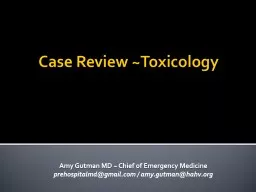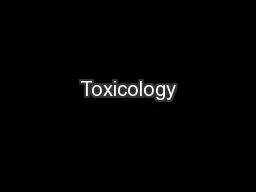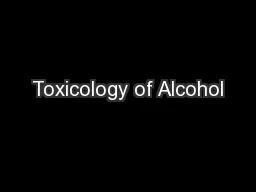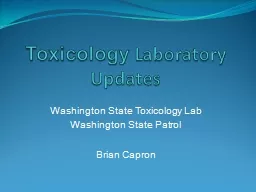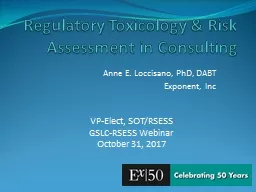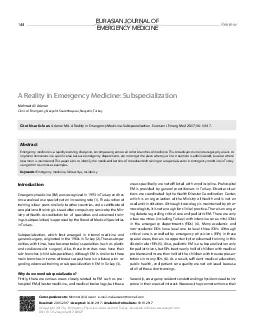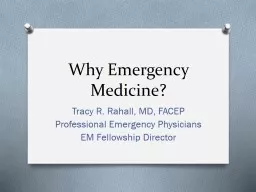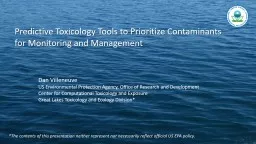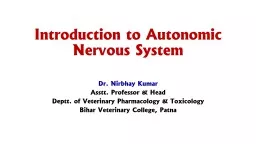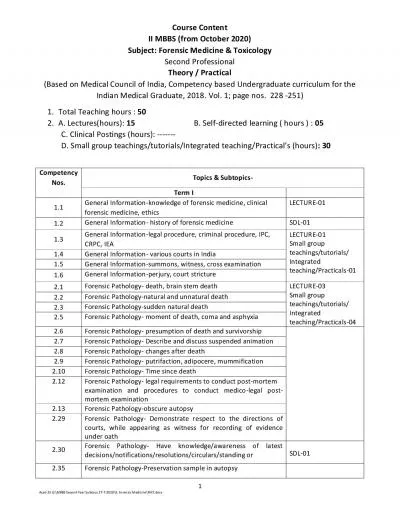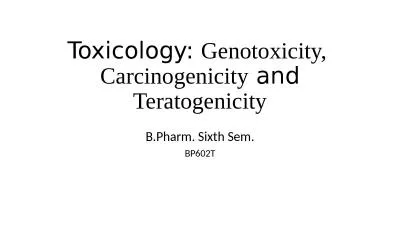PPT-Case Review ~Toxicology Amy Gutman MD ~ Chief of Emergency Medicine
Author : phoebe-click | Published Date : 2018-03-18
prehospitalmdgmailcom amygutmanhahvorg Overview Role of case review is to review interesting cases with unexpected outcomes examine root causes management amp outcome
Presentation Embed Code
Download Presentation
Download Presentation The PPT/PDF document "Case Review ~Toxicology Amy Gutman MD ~ ..." is the property of its rightful owner. Permission is granted to download and print the materials on this website for personal, non-commercial use only, and to display it on your personal computer provided you do not modify the materials and that you retain all copyright notices contained in the materials. By downloading content from our website, you accept the terms of this agreement.
Case Review ~Toxicology Amy Gutman MD ~ Chief of Emergency Medicine: Transcript
Download Rules Of Document
"Case Review ~Toxicology Amy Gutman MD ~ Chief of Emergency Medicine"The content belongs to its owner. You may download and print it for personal use, without modification, and keep all copyright notices. By downloading, you agree to these terms.
Related Documents

